Reply To:
Name - Reply Comment
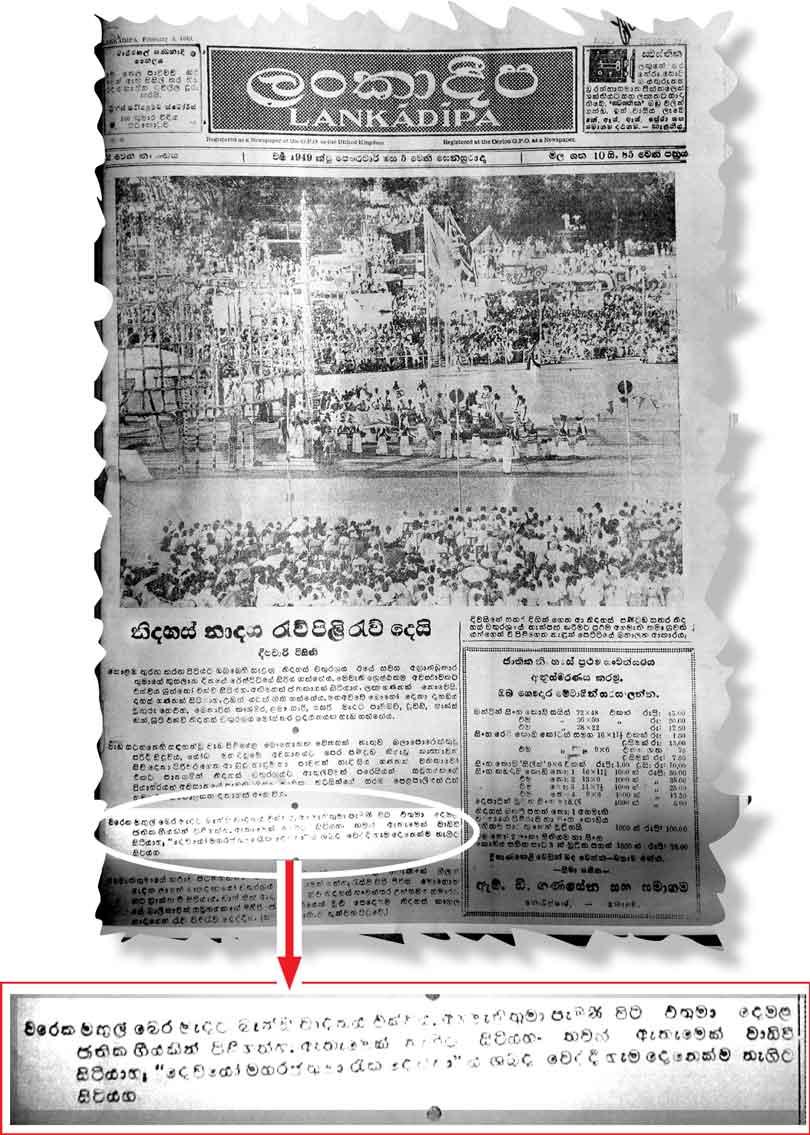
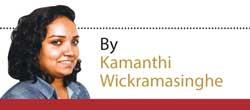 Singing ‘Sri Lanka Matha’ while standing to attention has always given Sri Lankans that sense of pride. Having graced many occasions since the islanders gained Independence in 1948, the song too has a history to itself.
Singing ‘Sri Lanka Matha’ while standing to attention has always given Sri Lankans that sense of pride. Having graced many occasions since the islanders gained Independence in 1948, the song too has a history to itself.
From ‘Sri Lanka Matha Pala Yasa Mahima’ to ‘Namo Namo Matha’ and finally to ‘Sri Lanka Matha’, it’s lyrics have changed to the interests of the then leaders. The verses translate to ‘blessing the nation with peace and prosperity while giving knowledge, strength and wisdom to its people’. However, the existence of a Tamil translation to this Anthem has disturbed Sinhala-Buddhist elements for decades. The decision taken by the Gotabaya Rajapaksa Government to sing the national anthem only in Sinhala at the upcoming Independence Day Celebration too has sparked a debate among the Sinhala and Tamil communities.
Hence the Daily Mirror sheds light on the journey the Tamil National Anthem has come thus far while penning a few thoughts shared by individuals from diverse backgrounds.
‘Sri Lanka Thaaye’
The Tamil version of ‘Namo Namo Matha’ translated by M. Nallathamby, is said to be a word-to-word translation of the Sinhala version with the same music score. There is also another Tamil version translated by K. Kanagaratnam. Historical records prove that both Sinhala and Tamil national songs were sung at the 1949 Independence Day celebrations held at Torrington Square. After Nallathamby’s Tamil translation was formally adopted, it continued to be sung, even after Sinhala was declared an official language, between 1956-1987. It was sung in predominantly Tamil areas including Jaffna, Vavuniya, Trincomalee and Batticaloa. There have also been instances when state leaders walked out of functions when the Tamil Anthem was sung. One such incident was reported during Sirimavo Bandaranaike’s tenure. Thereafter both anthems were sung in 1998 during the 50th Independence Day celebrations and subsequently in 1999 during the Sinhala and Tamil New Year. Then again the National Anthem was sung only in Sinhala in 2010 and in 2016 it was sung in both languages at the Independence Day celebrations.
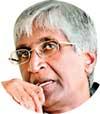
There is no nationalist or racist element in this song
- Prof. Ariyaratne
“When Sri Lanka became an independent state in 1948 there was a competition to select a national anthem,” recalled veteran lyricist Prof. Sunil Ariyaratne . “Hence the first national anthem was titled ‘Sri Lanka Matha Pala Yasa Mahima’ which was selected by the Lanka Gandharva Sabha. However by then Ananda Samarakoon’s ‘Namo Namo Matha’ was sung in school choirs and gained much popularity. But it wasn’t even shortlisted for the competition. Therefore, the Cabinet approved it to be the official national anthem on November 22, 1951. But Samarakoon didn’t receive the Rs. 2500 which the Government was supposed to pay for its author because by that time this song was already published in a book titled ‘Geetha Kumudini.’ Therefore the cash prize was given to the editor of this book,” said Prof. Ariyaratne.
However, according to Prof. Ariyaratne, many groups claimed that the National Anthem brought bad luck to the nation. “This was because it started from the ‘Na’ sound and many claimed that it’s gana is malefic. Incidents such as the death of D. S Senanayake, the downfall of the Dudley Senanayake Government and the assassination of S.W.R.D Bandaranaike proved this claim. Thereafter, during the Sirimavo Government its lyrics were changed to ‘Sri Lanka Matha’. But even after that it didn’t bring much luck to the country. My personal view is that it is a song that could be sung by people of all ethnicities and religions. There is no nationalist or racist element in this song and therefore this song won’t hurt anybody’s feelings and perfectly suits the description of a National Anthem,” the professor said.

The National Anthem is one symbol
- Prof. Coperahewa
“When you talk about a National symbol, be it a flower, animal or flag there can only be one of them,” opined Prof. Sandagomi Coperahewa, Head of Department of Sinhala, University of Colombo. “Hence, there can’t be two or three national symbols. There may be two official languages, but the national anthem is one symbol and should carry the national significance of a country. If it is sung in another language there has to be a Constitutional Amendment as well,” opined Coperahewa.
He further said that even in countries that have more than one language there is only one National Anthem. “Take India for example, it has Hindi and English as official languages but its National Anthem is highly Sanskritised Bengali. It’s not even Hindi, but all Indians sing it. In Singapore there are Tamil, English, Malay and Chinese people, but their National Anthem is sung in Malay. Translations could be there for the purpose of understanding or interpreting, but everybody should sing it in one language,” said Coperahewa.

Undue importance given to symbolic gestures
- Dr. Senaratne
“States are free to authorise the singing of a national anthem in any convenient language,” said Dr. Kalana Senaratne, Senior Lecturer, Department of Law, University of Peradeniya. “Different States adopt different policies. Some countries adopt a single language, while certain others sing in two or more languages. These policies are often based on the historical and socio-political circumstances relating to each country. We in Sri Lanka place exaggerated importance on symbolic acts
and gestures, like singing the national anthem in the Tamil language. This is why some people think that singing the national anthem in Tamil will promote national reconciliation, or that singing it in only in Sinhala will give prominence to the Sinhala people, their language and culture. But it is clear that singing the national anthem in Tamil during the past few years hasn’t improved national reconciliation. It is also good to remember that whether we sing the anthem in Tamil or not, Sinhala is considered as the prominent language, because it is the language of the majority,” said Dr. Senaratne.
“Therefore, singing the national anthem in Tamil is simply a symbolic act, which is immaterial to the advancement of national reconciliation in Sri Lanka. Constitutionally, it is perfectly fine to authorise the singing of the national anthem in one language (even though two languages are recognised as official languages). The Government should only ensure that the Tamil people are not prevented from singing the anthem in Tamil. Irrespective of whether the national anthem is sung in this or that language, what is more important is to ensure that we think about other communities as our equals, and develop and implement policies that will promote equality in more actual and realistic ways. This is an issue that the present debate on the national anthem doesn’t seem to be focusing on,” he said.
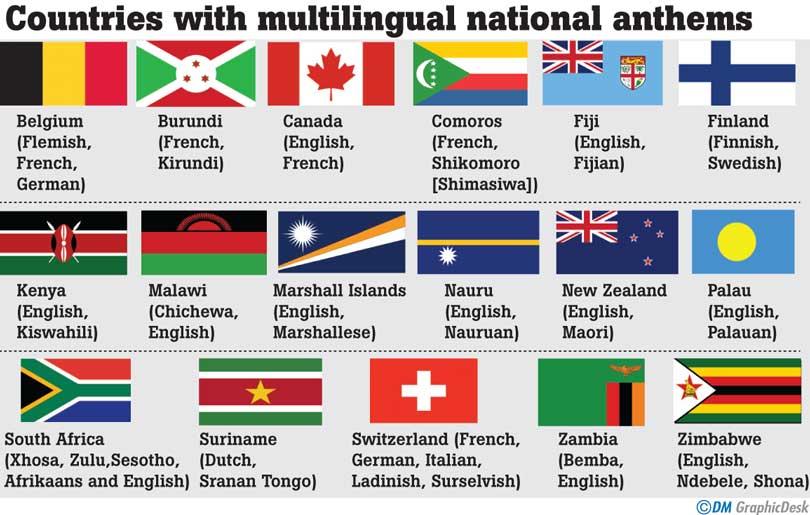
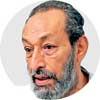
Act according to the Constitution
- Nanayakkara
“We need to act according to the Constitution and it could be interpreted to mean that the Sinhala National Anthem could be sung in majority Sinhala areas,” said Vasudeva Nanayakkara, State Minister of Water Supply Facilities. “Similarly the Tamil National Anthem could be sung in majority Tamil areas,” he added.
However he refused to comment on matters relating to the North and East.
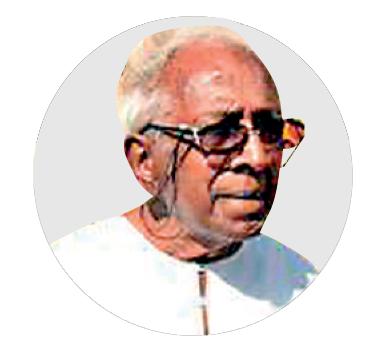
Everyone lost when Tamil ceased to be used in singing the National Anthem
- Dr. Nesiah
“I am strongly in favour of the national anthem being sung in both languages whenever and wherever appropriate, certainly at national Independence Day celebrations,” said Dr. Devanesan Nesiah, a retired civil servant who has served the country since 1959. “There are 3 million Tamils, all Tamil speaking, and 3 million Muslims, mostly Tamil speaking, whose patriotism is intimately tied up with the use of their mother tongue, as much as the patriotism of the Sinhalese is tied up with the use of their mother tongue. Patriotism is a mutual relationship in the sense that it is about a citizen’s love for the nation, and the nation’s respect for its citizens, including its treatment of all citizens as equal members of the nation. This should be understood by the Sinhalese speaking Sri Lankans who voted to deprive the Tamil speakers of the opportunity to express their patriotism in their language,” he reflected.
“I grew up learning that we come from a tradition with two noble languages, four great world religions, many interlocking cultures and an openness to the world in respect of language, religion and culture,” he added. “I consider myself to be a patriotic Sri Lankan, but also a person whose mother tongue is Tamil. My patriotism clashes with the deprivation of the use of Tamil in the singing of the national anthem, and the use of Tamil in dealings with the state. This is so even if I may opt to speak English rather than Tamil in daily usage. Everyone lost when Tamil ceased to be an official language, and everyone gained, i.e. the entire population of Sri Lanka, when Tamil was restored as an official language. Similarly, everyone lost when Tamil ceased to be used in singing the national anthem at official functions, more so when that was officially prohibited. That prohibition is seen, and perhaps is intended to be seen, as damaging the patriotism of the Tamil speaking people,” said Dr. Nesiah.

Separatists serving Prabhakaran’s policy
- Ganesan
Former Minister of National Co-existence, Dialogue and Official Languages Mano Ganesan has been in the forefront in ensuring that the National Anthem was sung in both Sinhala and Tamil. After 67 years, the National Anthem was sung in Tamil in 2016. “The Tamil National Anthem is a line-by-like translation of the Sinhala Anthem and a similar music score,” he said in his comments to the Daily Mirror. “It is a God-given opportunity to unite the country. Sinhala and Tamil are official languages. This wasn’t the case when Sinhala was the official language because Tamils were sidelined. According to the Constitution it is legal to sing it in both languages because it is then that even Tamils would have a sense of Sri Lankanness within. Those who say no to this should seek the opinion of the Attorney General and obtain a ruling from the Supreme Court. In fact, those who oppose singing the National Anthem are the actual separatists. They are living in a world of false nationalism and are serving the policy of Velupillai Prabhakaran,” said Ganesan.
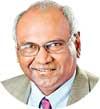
It will divide the country further
- Prof. Hoole
Echoing his sentiments on the matter, Prof. Ratnajeevan Hoole, Member of the Elections Commission of Sri Lanka, said that the country is already divided and by singing the National Anthem in Sinhala, it will divide the country further.